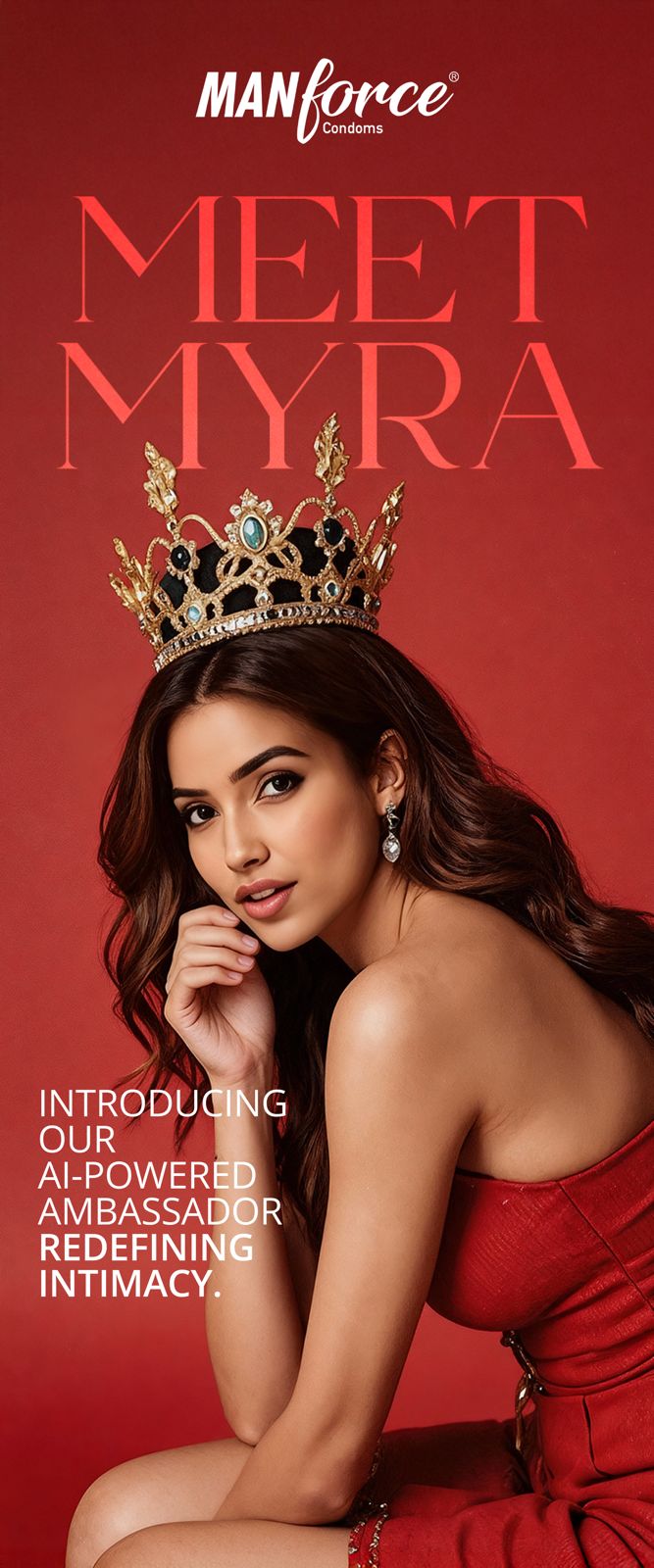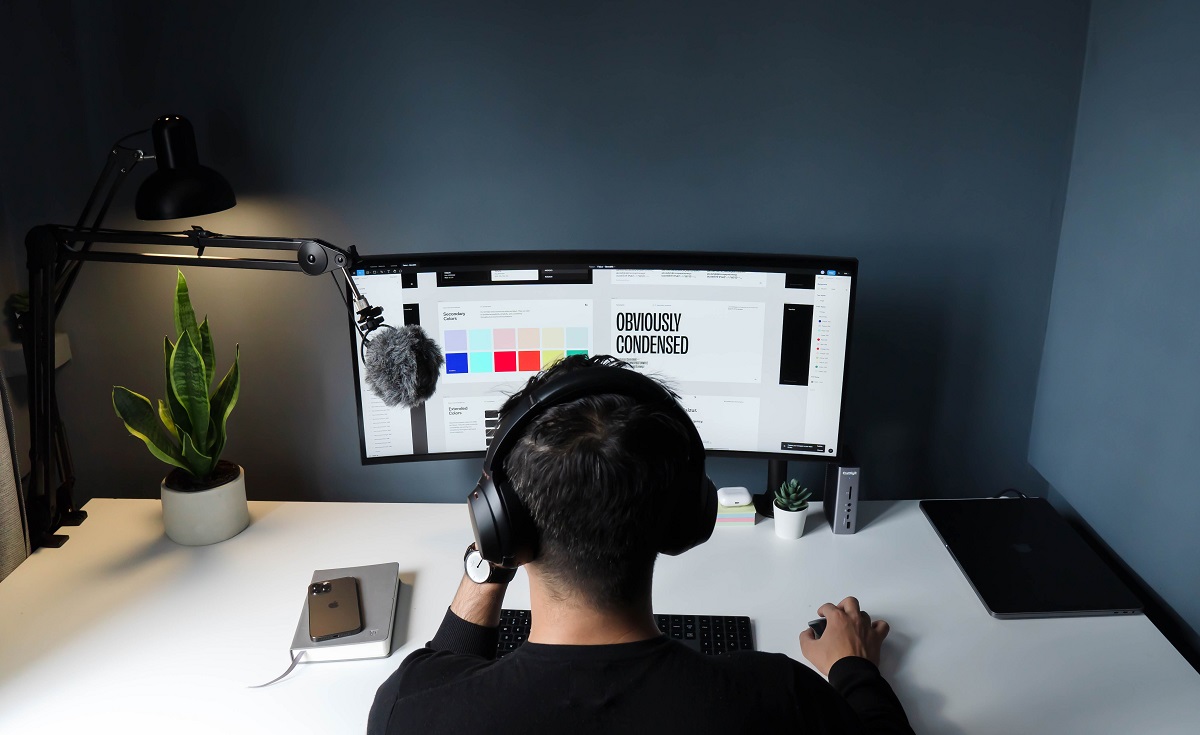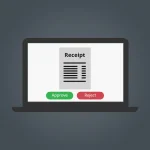We have already know about both UX designers and UI designers (yes, they are different people), but the labor market dictates that their work is done by one person, that is, a UX / UI designer, or a product designer. It would seem that it is easier: to combine two positions and earn more money. But it’s not all that simple…
Table of Contents
What is UX/UI DESIGN?
First, let’s understand the concepts. UX (from the English user experience – “user experience”) is the intuitive actions that a person performs when he clicks on different buttons on a website or points his finger at a Smartphone screen.
After all, we don’t think about what we need to do to open a product catalog on some Ali Express, right? This action is absolutely clear to us, since we have already done this a thousand times with other applications.
Actually, this is the task of a UX design specialist: to design the application in such a way that a person does not get confused in all sorts of buttons, drop-down lists, icons, does not perform unnecessary manipulations, but immediately gets to where he needs to be. The clearer the actions, the more positive the emotional response from the user. Ideally, when seeing an application for the first time in their life, a person should immediately figure out how it works and get the desired result. This is the essence of UX design.
UI (from the English user interface – “user interface”) describes the process of visualizing a future application, site or program. That is, how it will look visually at all stages from the prototype to the final product. This can include all animations, logo, fonts, sliders, icons, color schemes, and so on. In a word, all the beauty that you see on a site or in an application is the result of UI design. But not only: it is necessary that all this is well rendered on different devices, the font is readable, and all elements are in harmony with each other.
What do UX/UI designers do?
So, in general terms, it is clear what the task of a product designer is. Why are jobs often required to combine UX and UI? The answer is simple: cost savings and cheaper development. A person with a trained eye and experience may well perform two tasks.
Also, for many projects, having two separate UX and UI design positions is simply redundant. Designing a page layout, creating a logo, thinking through simple logic, for example, for a pizza / sushi restaurant food delivery application, one person can do it. There are few positions there – the main thing is that there is a convenient basket, contacts and menus are clearly displayed.
And then, now generalists are valued in any position: if necessary, it is better to hire two UX / UI designers than two narrow specialists. Maybe they will have different experience and skills, but in theory they will complement each other better.
The most important difference between a product designer and a narrow specialist is that he does not work according to a ready-made technical task. He himself puts forward concepts and looks for options on how to improve the product, make it visually attractive and more convenient.
What exactly do UX/UI designers do:
- Audience research to understand which design will be appropriate and liked, and which not;
- Thinking through the structure of the final product (tabs, windows, menus, drop-down lists, page transitions, etc.);
- Creating a wireframe – the frame of the page;
- Prototyping is the layout of a working model of a product, or some part of it. For example, to display how the transitions between pages will look like;
- Creation of the visual component of the product. This includes drawing buttons, menus, logos, illustrations, animations, etc.
Naturally, the whole process takes place in close communication with the team: managers, frontend developer, analysts. Perhaps the UX/UI designer will delegate some tasks to subordinates or outsourced designers. In this case, he will control their work.
Where do UX/UI designers work?
The most interesting thing is that the direction of product design has existed almost since the 70s of the last century, and UX / UI was actively talked about some 10 years ago.
The reason is the fast-growing market of mobile applications – it is with them that this direction of design is now associated. Where do these specialists usually work?
First of all, these are large IT players who have many different applications for different devices.
In a word, UX / UI designers work in any company that is constantly present and provides services on the Internet:
- Banks;
- telecommunications companies;
- Services for booking tickets, hotel rooms;
- News aggregators and media;
- Delivery and taxi services;
- Internet shops;
- Logistic companies, etc.
What a UX/UI Designer Should Know
The first and most important skill for a good UX/UI designer is seeing. This word is usually understood as the visual experience of a specialist. He must continuously study and track trends, be able to compare other people’s work, distinguish between bad / good design, understand how relevant and applicable they are to his project.
The ability to visualize and quickly translate ideas into layouts is the second very important skill.
What else should a UX/UI designer know:
- Special programs (Adobe Photoshop, Illustrator, Figma, Sketch, etc.)
- Page layout and layout rules, knowledge of HTML and CSS
- Fundamentals of typography and composition
- How does the work of frontend developers work?
- Guidelines and specifications for designers
- Rules for adaptability of interfaces and usability
It is not by chance that we wrote about knowledge of HTML and CSS: in practice, UX / UI designers also deal with the web. You may be lucky to get into a company where there is a division of labor and a web designer, but you need to be ready to take on all the work.
How to become a UX/UI designer
Let’s start with the fact that product designers are not born, they are made. Yes, he must have a certain talent and sense of style. But the most important skills come with experience.
Unfortunately, learning to be a UX / UI designer will not work quickly. These are either university graduates (specialty Web-design), or completed specialized courses. The tower in this case will be a significant, but by no means a fundamental bonus.
To become a good UX/UI designer, you need experience and, of course, a portfolio.
Courses for UX/UI designers from scratch
It is worth dwelling on this point in more detail: there are a lot of training programs for UX / UI designers on the Internet. There are both paid ones, and often from large IT.
What you need to pay attention to and what you should be interested in first of all if you decide to take courses for a UX / UI designer from scratch:
- Number of practical hours;
- Final result. It should be not just a certificate, but also a final work in the form of a finished layout that can be put in a portfolio;
- Is there an internship or even employment after completing the courses;
- What specific tools will you be using? The most relevant at the moment are the “timeless classics” of Photoshop and Illustrator, Figma.
What else is taught in UX / UI design courses?
- Audience research methods, work with hypotheses;
- Thinking through user scenarios (how a person will interact with the application);
- Organization of working time in the team;
- Design and prototyping of a real product.
- Fundamentals of composition and graphics.
Pros and cons of being a UX/UI designer
Pros:
- Decent salary even with little experience;
- Interesting creative work;
- Opportunity to work from home or go freelance.
Cons:
- Experience and portfolio required for employment;
- Irregular working hours and clear deadlines;
- High workload;
- The need to communicate with all-knowing clients and customers.












